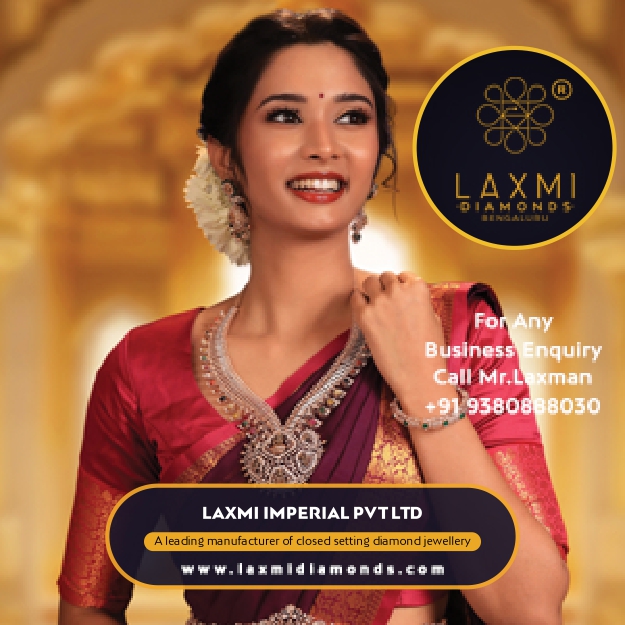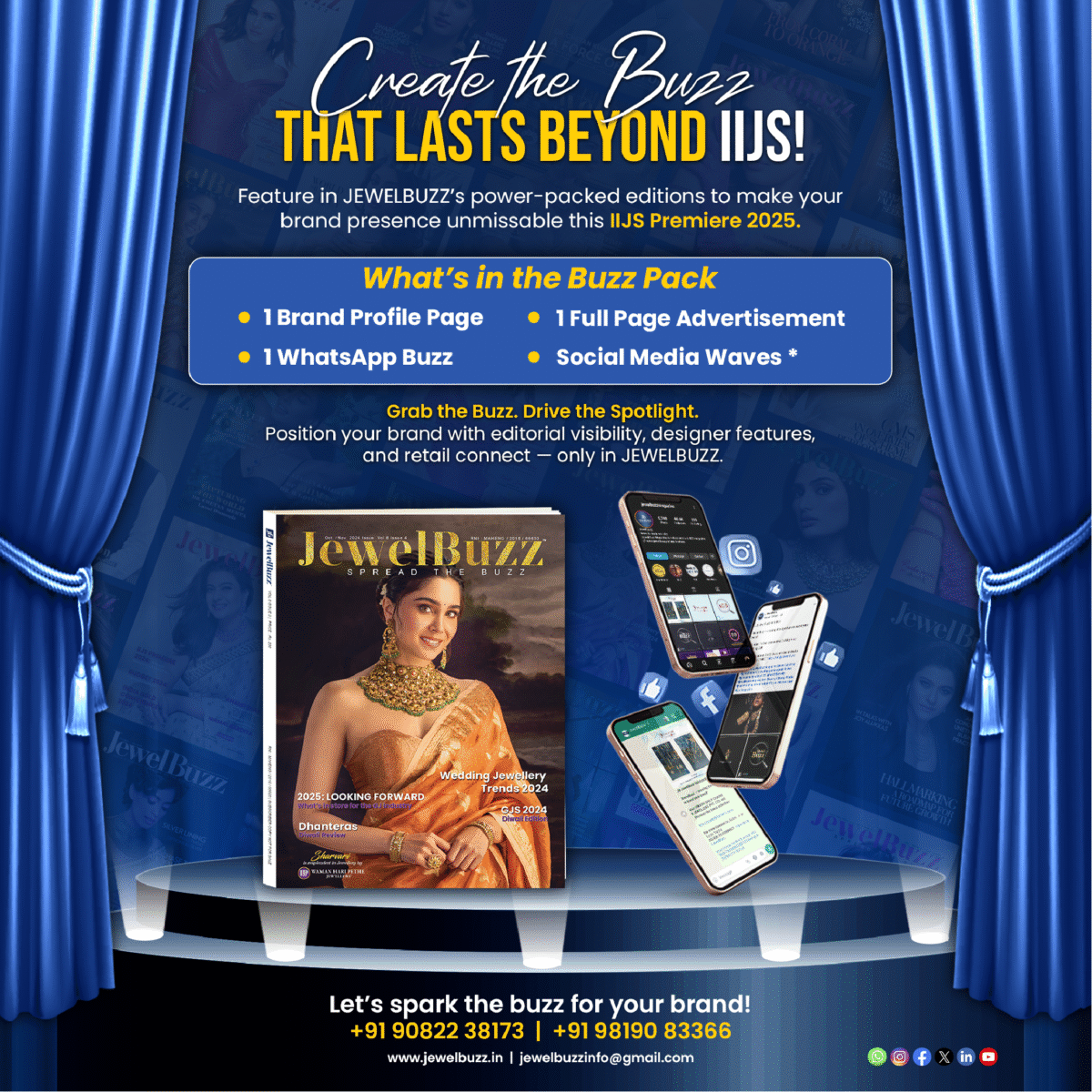By Invitation
You asked, we answered: Gold hits $3,000 – What comes next?
Gold Reaches New Heights: What the $3,000 Milestone Means for the Future of the Market
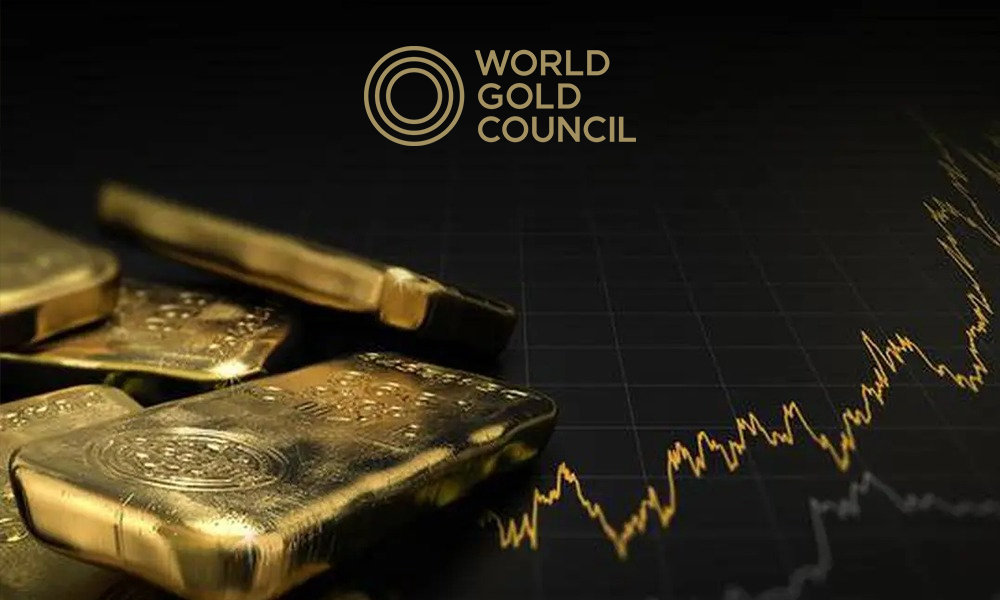
Key highlights
- Gold’s new milestone: Gold recently crossed US$3,000/oz intraday – a headline-worthy event, but the true significance for gold lies in the broader economic trends driving its rise
- Price momentum: Gold surged from US$2,500/oz to US$3,000 in just 210 days, pushing it three standard deviations above its 200-day moving average
- Market fundamentals: While gold may face some consolidation due to the speed of its latest move, the combination of geopolitical and geoeconomic uncertainty, rising inflation, lower rates and a weaker US dollar continue to provide powerful tailwinds to investment demand.
Gold (briefly) breaks through another psychological level
Gold crossed US$3,000/oz in intra-day trading during the early hours of Friday 14 March and then again on Monday 17 March.1 While the LBMA Gold Price PM hasn’t officially crossed the mark, setting at US$2,996.50/oz on Monday, it has nonetheless grabbed the attention of investors and media outlets around the world, triggering a myriad of questions about its significance.
So, what does this milestone really mean? Depending on who you ask: a lot or not much at all. For us, there are interesting psychological and technical aspects about this triple-zero ending price that could influence gold’s short-term behaviour. But the more meaningful – and lasting – dynamics are the ones behind gold’s performance over the past several months.
What’s meaningful about gold’s move?
Gold reached more than 40 new all-time highs in 2024 and fourteen more so far this year.2 Its upward move has been no coincidence and, in our most recent Gold Market Commentary, we talked about a potential perfect storm forming for gold. The focus isn’t just the number itself but the pace at which gold has reached it. The jump from US$2,500/oz to US$3,000/oz took just 210 days – a notably faster move that underscores the momentum gold has built over the past two years (Chart 1). Compare that to the approximate 1,700 days that gold took, on average, to achieve previous US$500/oz increments, and the move stands out (Table 1).
In fairness, gold had to double in price to go from US$500/oz to US$1,000/oz, while it only had to rise 20% to go from US$2,500/oz to US$3,000/oz. To provide additional context, gold has increased nearly sixfold since December 2005, when it first reached US$500/oz, equivalent to an annualised return of 9.7%. Over the same period, the S&P 500 spot index has increased at a rate of 8.2% per year.3
To take this relative movement into account, we look instead at how much gold has deviated from its 200-day moving average (200DMA). The recent rally has pushed gold’s price three standard deviations (3σ) above the long-term average spread of its 200DMA (Chart 2). Most recently, we saw this extreme divergence during the COVID-19 pandemic in 2020 when gold crossed US$2,000/oz and again around the time gold reached US$2,500/oz. Following these moves there was a period of consolidation before the upward trend eventually resumed.
What’s next?
As the saying goes, “even strong rallies need to catch their breath.” Gold has remained, on average, above previous multiples of US$500/oz for nine days before pulling back (Table 1). At the same time, however, gold has rebounded above the same level in just a few days four out of five times.
From a technical and positioning standpoint, if gold were to remain above US$3,000/oz over the next couple of weeks, it would likely trigger additional buying from derivatives contracts. For example, we estimate there is roughly US$8bn in net delta-adjusted notional in options contracts from US gold ETFs that expire Friday 21 March,4 and US$16bn in options on futures that expire on 26 March. While this may create a slingshot effect, it could also trigger short-term-profit taking.
In view of the speed of gold’s latest move, it would not be surprising to see some price consolidation. But despite potential short-term volatility, the most important determinant for gold’s next move is whether fundamentals can provide long-term support to its trend. As we discussed in our recent Gold Demand Trends, while price strength will likely create headwinds for gold jewellery demand, push recycling up and motivate some profit taking, there are many reasons to believe that investment demand will continue to be supported by a combination of geopolitical and geoeconomic uncertainty, rising inflation, lower rates and a weaker US dollar.

By Invitation
Arayian Jewellery: Weaving Heritage, Craftsmanship, and Modern Elegance into Every Gemstone
By Shivaram A
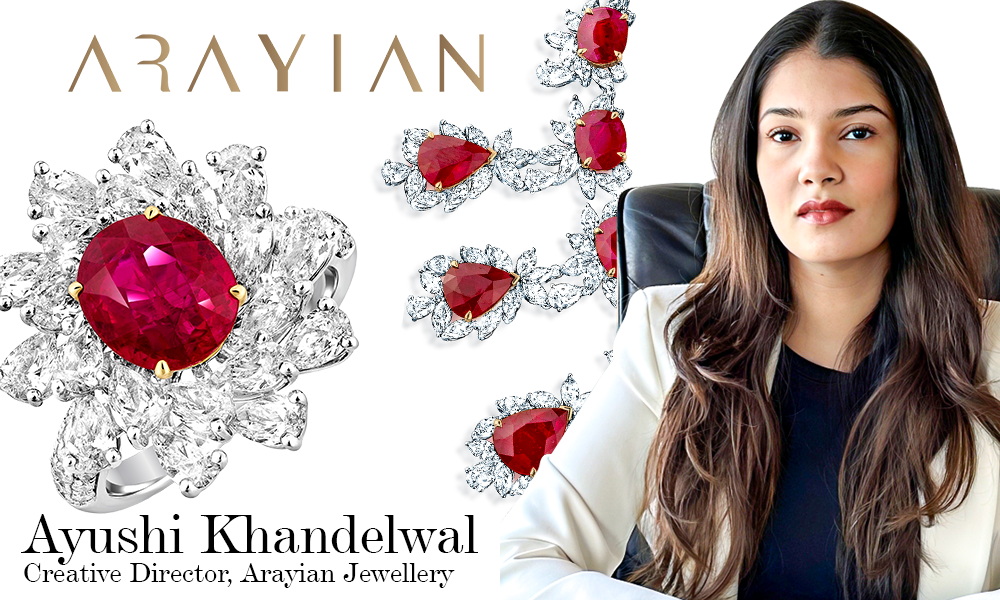
Arayian Jewellery, a distinguished name in the world of fine coloured gemstone jewellery, is redefining elegance through a rare blend of legacy, craftsmanship, and modern design.

Spearheaded by Ayushi Khandelwal, the brand draws from generations of expertise in gemstone trading and jewellery making. With a commitment to authenticity, vertical integration, and a deep respect for cultural roots, Arayian offers more than just jewellery—it offers heirlooms crafted with heart, history, and a forward-looking vision.
Here’s what Ayushi Khandelwal, Creative Director of Arayian Jewellery, has to say about the brand’s journey, philosophy, and vision for the future.
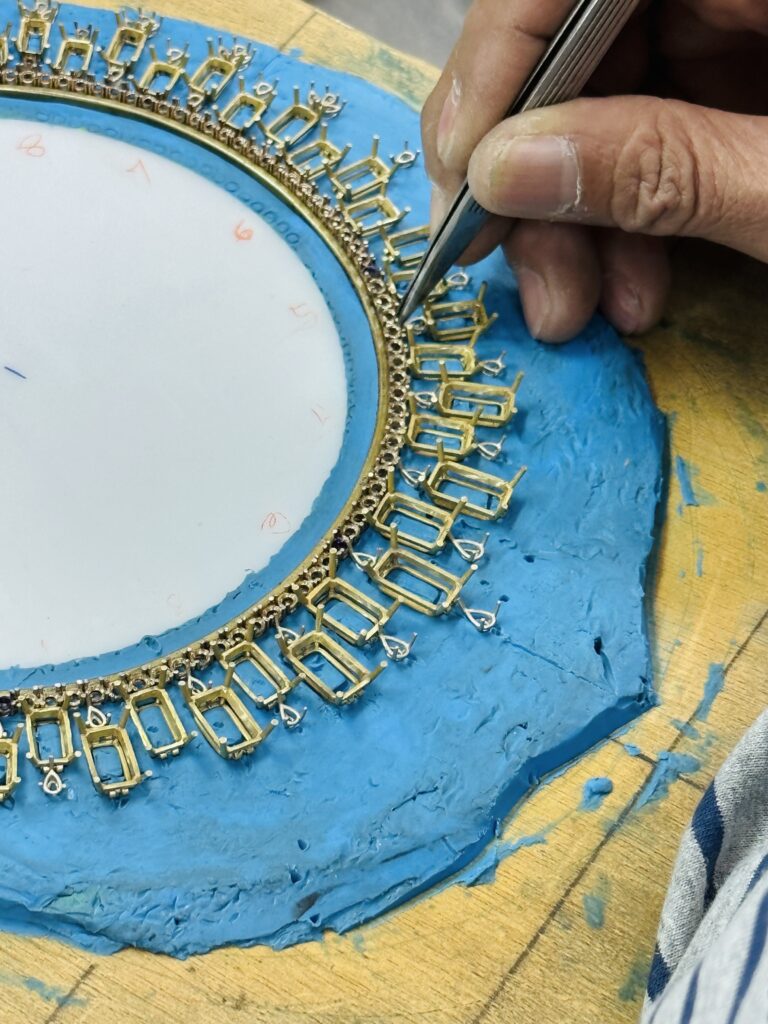
1. How do you define the legacy of Arayian Jewellery?
Arayian Jewellery is built on a legacy of generations deeply rooted in the world of fine jewellery and gemstone trading. Surrounded by exquisite stones and craftsmanship from a young age, we channel this heritage, passion, and knowledge into creating timeless pieces for our clients—offering not just jewellery, but a legacy of love and refinement.
2. Explain the USP of your brand.
We are involved in the entire journey—from sourcing rough gemstones and cutting them in-house to crafting fine jewellery. This unique vertical integration allows us to offer bespoke, high-end pieces with unmatched precision and quality, all under one roof.
3. What is your design philosophy?
Our designs revolve around the natural beauty of precious gemstones. We aim to create modern, elegant, and everlasting pieces that highlight the uniqueness of each stone while maintaining a timeless aesthetic.
4. Kindly provide details of your product offerings—bridal & jewellery collections or others.
We specialize in exclusive fine jewellery crafted with natural, coloured gemstones. Every piece is one-of-a-kind, celebrating individuality with authenticity and certified provenance. Our offerings include bridal collections, statement jewellery, and heirloom-worthy pieces.

5. How do you ensure that your jewellery designs reflect cultural heritage while appealing to the evolving tastes of younger generations?
By embracing clean, contemporary aesthetics while honouring the intrinsic elegance of traditional gemstones, we create designs that resonate with modern sensibilities without losing their cultural soul. The coloured stones remain the centrepiece of our creations, offering a bridge between heritage and innovation.
6. What role does sustainability play in your sourcing and crafting processes?
We source our gemstones responsibly, primarily via auctions from the likes of Gemfields. Our in-house cutting of rough stones not only reduces environmental impact but also ensures every layout is distinctive and responsibly crafted.
7. How does your brand differentiate itself from traditional jewellery makers in Jaipur in terms of craftsmanship and innovation?
Our commitment to international standards of craftsmanship sets us apart. Each piece is designed for enduring comfort, precision, and wearability, combining traditional artistry with cutting-edge techniques for global appeal.
8. What specific measures have you taken to make your jewellery accessible to a global audience without compromising cultural authenticity?
We actively participate in prestigious international exhibitions, making our work accessible to clients across the globe while staying true to our roots in artisanal gemstone craftsmanship.
9. How do you incorporate modern technology, such as AI, in jewellery designing?
Our design process is grounded in hand-sketching and personal inspiration drawn from travel and surroundings. While we honour traditional design methods, we remain
open to integrating modern tools, including AI, to enhance precision and creativity in future collections.
10. Where does Arayian Jewellery see itself in the coming years? What is the roadmap?
We envision Arayian Jewellery becoming a globally recognized name in fine coloured gemstone jewellery—synonymous with excellence, authenticity, and innovation. Our roadmap includes global expansion, increased visibility through exhibitions, and continuously elevating our craftsmanship.
11. Where is Arayian Jewellery’s presence beyond the Indian market?
Arayian Jewellery has an international footprint through exhibitions and showcases in key global markets including Bangkok, Qatar, Turkey, Hong Kong, Las Vegas, and Singapore, allowing us to connect with a discerning global clientele.
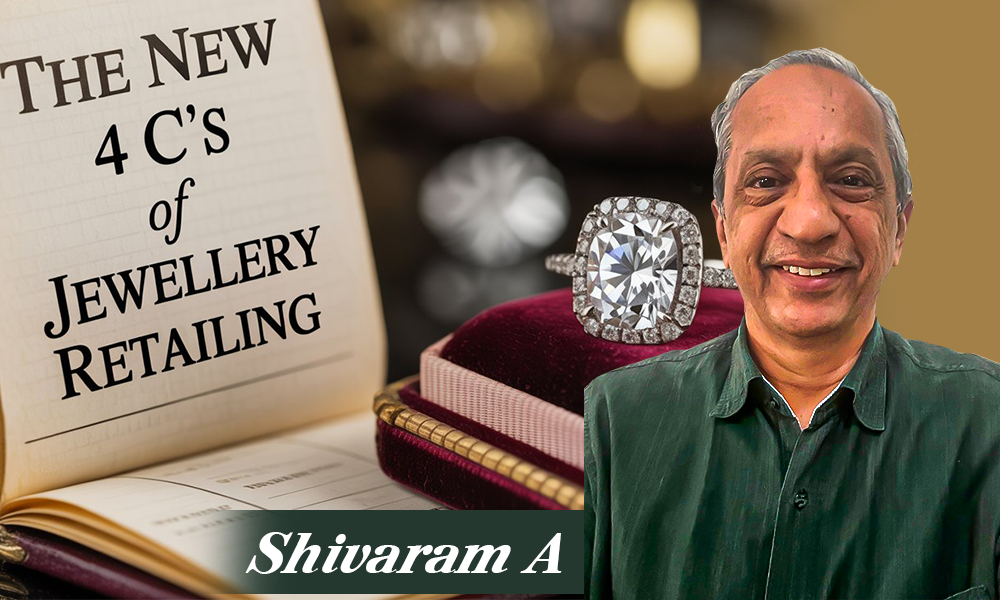
Jewellery is a precious commodity to purchase, and every customer wishes to take a cautious decision. Most of the purchase decisions of the jewellery customer is dependent on her “perception” of the brand or the jeweller. Keeping this in mind, certain parameters can be defined to help the customer make a quick and correct decision. For example, while buying diamond jewellery, 4 factors were considered as the “C”s- cut, carat, colour and clarity of the diamonds.

Likewise, the present customer’s buying behaviour rests on the 4 new “C”s of Jewellery Retail. What are these 4 new “C”s? Let us take a look.
The 4 new “C”s
Today’s customer’s mindset has undergone a huge transformation due to the accessibility to international trends and markets (maybe due to travel or just social media) and a wide range of designs and services are now available at jewellery stores. The buying behaviour of the current customers is governed by certain factors which are depicted below.
Observing the rankings (see Figure “Factors considered while selecting a Brand”), we can conclude that a jewellery customer’s purchase decision is based on the 4 new “C” s – Cost, Confidence, Convenience and Customer Service.
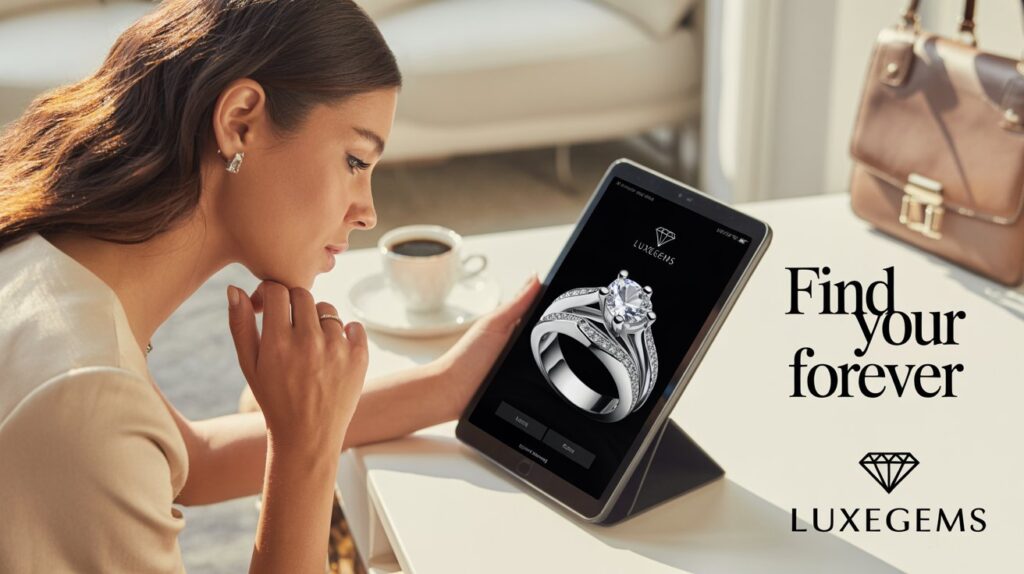
1. Cost- the first “C”
Let us face it. You, me and almost every Indian is very price conscious. Thus every customer wants to have the full value for her money- “Full paisa vasool / Good Deal” This is more so in the case of jewellery retail due to the high costs involved in the purchase. Cost is thus the dominating factor in the purchase decision of a jewellery customer. This cost of jewellery includes the making charges and the cost of the gold paid out as wastage. If this final cost looks affordable and justified to the customer, you, the retailer can make a sale.
So, the first “C” in the purchase decision is COST and as a jewellery retailer, you must position your brand rightly with respect to “cost”.
There are brands where the Making Charges / Value Addition is advertised in Bold while there are other brands like Malabar Gold or Tanishq, which may not be the cheapest in pricing but will want to still offer “Value for Money” for their set of customers. These customers might be very different from the customers for say a price warrior brand, but their customers also believe that the cost is worth it.
2. Confidence- the second “C”
A customer’s confidence in the jewellery brand starts with how the brand meets her expectations right from her first interaction during say marketing communication, her first purchase and goes on to maintain that confidence that is reflected in her repeat purchases and referrals. Word-of-mouth referrals and relatives’ recommendations still form some of the influencing factors of jewellery purchases.
Trustworthiness of a brand is a mark of the confidence the customer has in the jewellery retailer and this is an aggregate of several factors which include purity, pricing, discounts, shopping experience, after-sales service etc. A customer, who feels that the jeweller can give her
the best in all the above factors, has typically won her confidence.
This clearly shows that the “confidence” of the customer in the brand is emerging as the second “C” and it is the most important factor in brand perception and purchase decision.
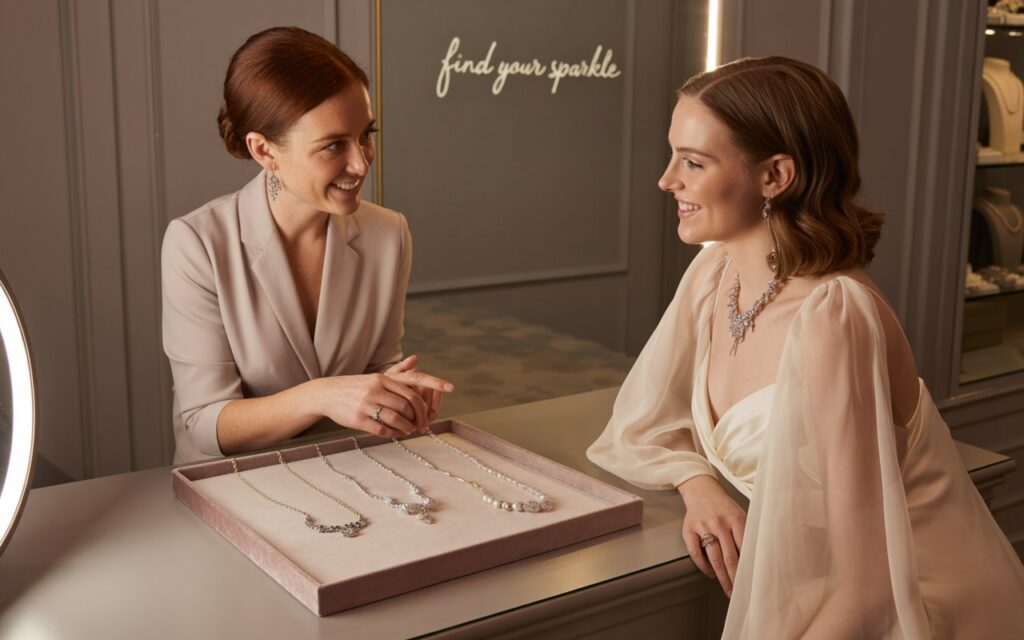
3. Convenience- the third “C”
Jewellery is still a “touch and feel” market where purchases are made in person. But of late, convenience in jewellery shopping is emerging as one of the decisive factors in jewellery purchase.
Today’s customers are well-informed about the price fluctuations, making charges, wastage, and design options etc. even prior to the actual physical purchase at the shop. The presence of a website or social media like Instagram/ Facebook etc. with a design gallery and price estimates are often appreciated by customers as it helps them in planning their purchase. Such a convenience-driven model of business with knowledge-empowerment is the call of today for jewellery retailers.
This is why Convenience is emerging as the third C in brand positioning or purchase decisions.
Customers look at “customization” as part of the convenience offered by a jeweller. The convenience of customization is an added benefit offered by jewellers. Convenience also means service benefits that the jewellery outlet offers like “home delivery” or”gifting options”.
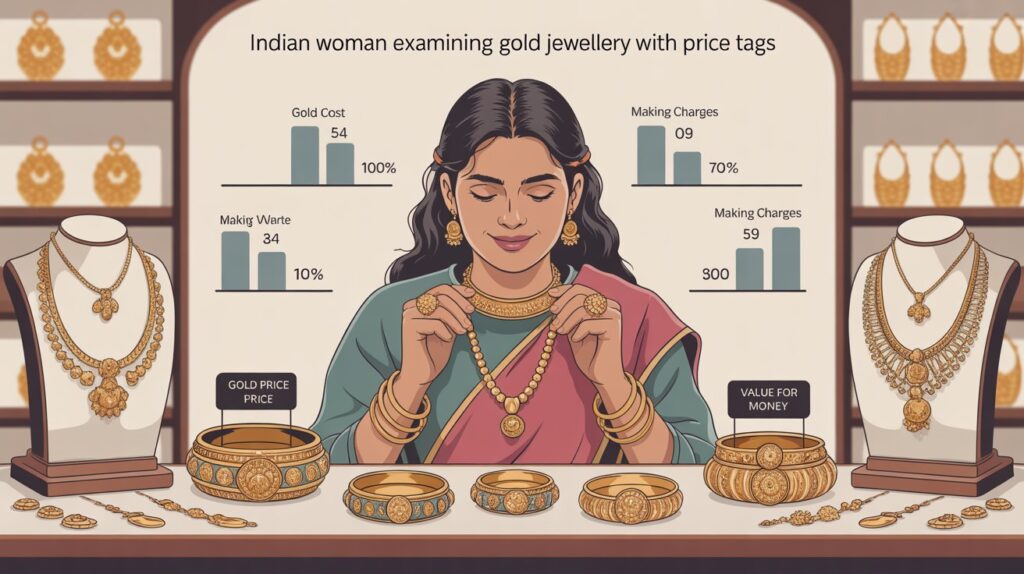
4. Customer service – the 4th C
A jewellery purchase is an emotional decision for most buyers as they attach great sentimental and personal value to the jewellery they purchase. This is why customers look for a “positive shopping experience” when they come to buy jewellery. This positive shopping experience is founded on the 4th C -customer service.
Customer service involves not only hospitality and friendly greetings but also expertise from the staff. Customers expect well informed staff to guide and advise them on their jewellery choices.
Ganesh Jewellers of Mumbai wish to position themselves with respect to their customer service. Look at what they say –
Right from the marketing communication, the entry to the store/ website, the warm welcome, the store atmosphere, the hospitality gestures, the offers on the merchandise including the range, the price, the design etc. to the customer-handling, everything in your jewellery outlet should enrich the 4th C – the customer service.
The Jewellery industry may see its ups and down regularly, but if you keep these 4 Cs in mind and position your brand or jewellery outlet, you are sure to be the champion of jewellery retail in your market and beyond.
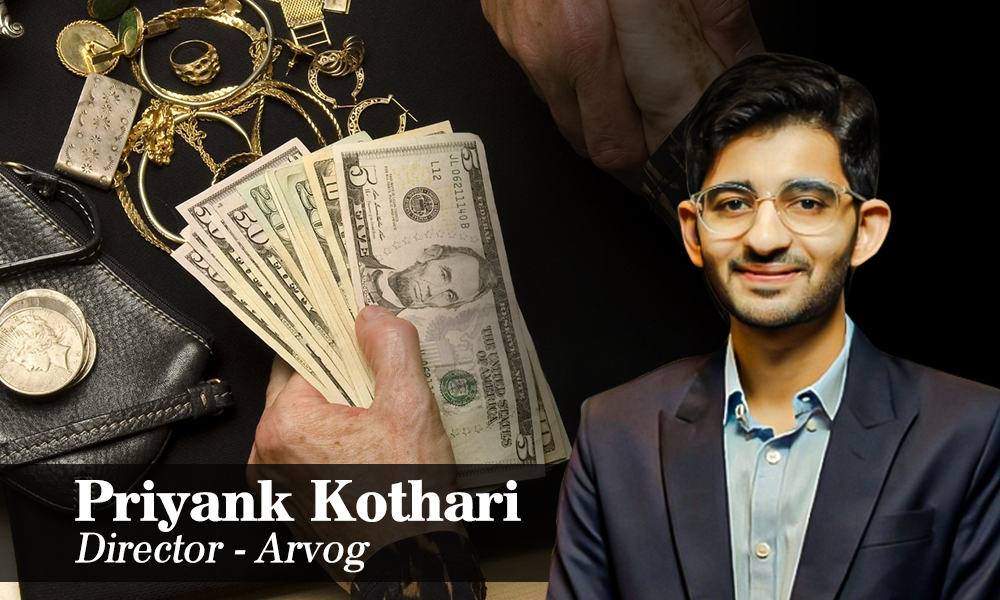
The ease and convenience of gold loans is the prime reason for its huge popularity and accessibility. Being a secured loan, it does not require much documentation and processes. Gold loans in India have been emerging as the most popularly accessed credit form. With such huge popularity of gold loans, the scamsters also get active to cheat people. Read here to identify between the genuine gold lenders and fake ones.
Gold loans have emerged as one of the most accessible and dependable forms of credit in India. They are easy to apply for, processed quickly, and disbursed almost immediately. What makes them particularly attractive is the minimal paperwork involved and the fact that they usually bypass long credit history checks.
However, as the popularity of gold loans grows, so does the risk of falling victim to fraud. Many individuals in urgent need of funds become easy targets for scammers posing as gold loan providers. These fraudsters exploit the borrower’s urgency and trust, often leading to significant financial losses.
Red Flags: How to Spot a Fake Gold Loan Lender
Fraudulent lenders often try to lure borrowers with offers that seem too good to be true. Watch out for the following warning signs:
- Unrealistically Low Interest Rates: Be cautious if the rates offered are far below the market average.
- Inconsistent or Delayed Communication: Lack of professionalism or delayed responses could signal a scam.
- No Contact Information: A legitimate lender will always provide verifiable contact details.
- Unclear Loan Terms: If terms and conditions are vague or not explained properly, that’s a red flag.
- Missing Licenses: Genuine lenders are licensed and regulated by appropriate authorities.
- False Affiliations: Verify any claims of association with known institutions.
How to Identify a Genuine Gold Loan Provider
As a borrower, you have every right to verify the credibility of the lender. Here are a few essential checks:
- Verify Credentials: Ensure the lender is registered with financial authorities and follows regulatory norms.
- Compare Interest Rates: Research and compare rates with other well-known lenders.
- Insist on a Personal Visit: Visit their branch or office to understand their operations better.
- Request a Draft Key Facts Statement (KFS): This document clearly outlines loan terms, helping you make an informed choice.
Why Choose Arvog Gold Loans?
With over 40 years of legacy and trust, Arvog Gold Loans offers a seamless, secure, and customer-friendly borrowing experience. Here’s what sets Arvog apart:
1. Simple Application Process
Applying is straightforward and can be completed online within minutes. The user-friendly portal ensures a smooth experience.
2. Quick Loan Processing
Arvog processes loan applications in under 30 minutes, helping borrowers access funds when they need them the most.
3. Immediate Disbursal
Once the gold is evaluated, the loan amount is credited—often within hours—directly to your bank account.
4. Lowest Interest Rates
Compared to unsecured loans like personal loans or credit cards, Arvog Gold Loans offer significantly lower interest rates, making them cost-effective.
5. Flexible Repayment Options
Choose a repayment schedule that works for you—monthly EMIs, bullet repayments, or a one-time payment at the end of the tenure.
6. No Credit Score Required
Since the loan is secured against gold, your credit score doesn’t affect the approval—making it accessible even to those with limited credit history.
7. Secure Gold Storage
Your pledged gold is stored in SEBI-monitored vaults with the highest level of security, giving you complete peace of mind.
8. Guaranteed Gold Return
Upon successful repayment, your gold is returned in the exact condition it was submitted, ensuring both emotional and financial security.
Make Informed Choices
Gold loans are a practical and trustworthy way to raise funds—whether for urgent needs or major life plans. However, it is crucial to read the Key Facts Statement (KFS) thoroughly. This document includes important details like interest rates, charges, repayment terms, and more. Reviewing it before signing ensures transparency and a well-informed decision.
Conclusion
Gold loans seamlessly blend the traditional value of gold with the convenience of modern finance. With features like fast disbursal, low interest rates, and secure asset handling, they provide a reliable financial solution. By choosing a trusted and regulated lender like Arvog, borrowers can enjoy the benefits of gold loans with complete confidence and peace of mind.
-
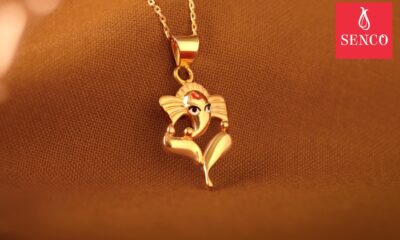
 National News6 hours ago
National News6 hours agoSenco Gold & Diamonds unveils Ganesh Chaturthi New Designs & Offers to celebrate the festival of birthday of Lord Ganesha
-
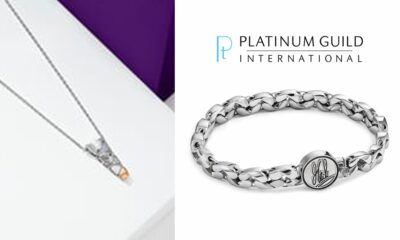
 BrandBuzz2 hours ago
BrandBuzz2 hours agoTHIS ONAM, CELEBRATE ABUNDANCE WITH THE TIMELESS BEAUTY OF PLATINUM
-
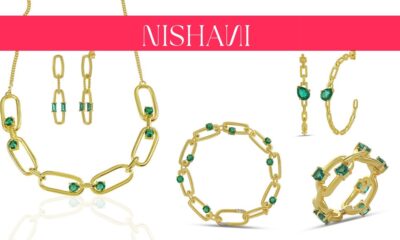
 BrandBuzz2 hours ago
BrandBuzz2 hours agoCelebrate Ganpati with Nishani Studio’s KiraKira Collection
-
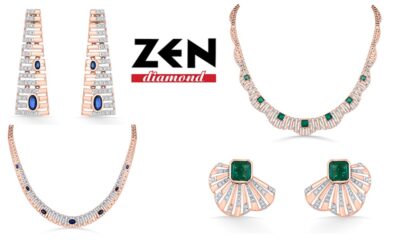
 BrandBuzz4 hours ago
BrandBuzz4 hours agoTryst Collection: Where Bold Geometry Meets Timeless Elegance The Zen Diamond




